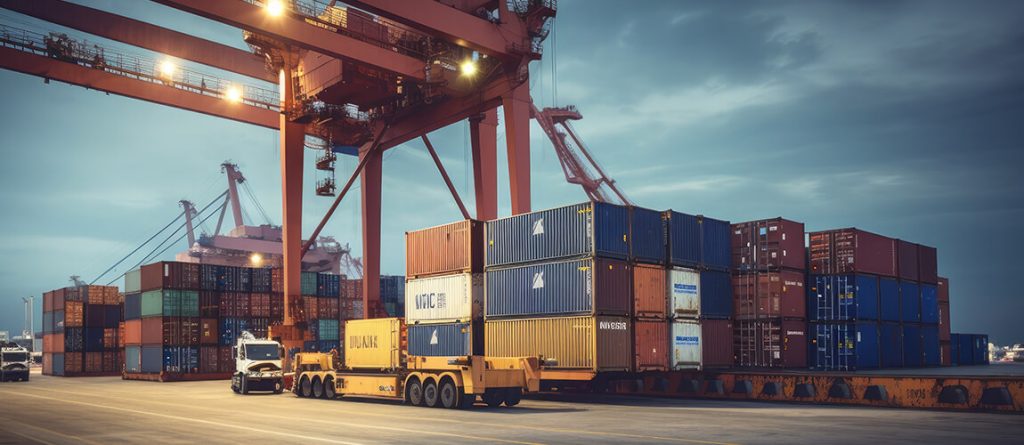
Every day, cities rely city to city cargo services. Without shipping, hospitals run out of crucial supplies in 24 hours, while grocery shops run out of goods in a matter of days. People are receiving more products delivered to their doors than ever before since the COVID-19 shutdowns, whether cat food to furniture to food. However, this is not an unfamiliar tendency. By 2050, demand for products is predicted to more than triple, and how cities manage with increased freight traffic has far-reaching ramifications.
Around the world, city to city cargo services contributes to 40% of transportation-related emissions of greenhouse gases and is a major contributor to lethal air pollution. Air pollution disproportionately impacts poor and oppressed communities of color, who are also considerably more likely to live near polluting truckyards, warehouses, and shipping ports.
On urban roadways, failure to build for freight can have disastrous effects for vulnerable road users.
In the United States, they murder pedestrians 50% more frequently than passenger cars. In Bogotá, a city that is aggressively investing in its Vision Zero and bike safety plans to reduce road deaths, trucks were responsible for one-quarter of all bicyclist deaths in 2018.
A difficult problem involving several actors.
The issue of urban freight is a complicated topic that brings together many public and private entities.
• Logistics suppliers, personnel, and subcontractors.
• Shippers entrust their goods to transporters.
• Manufacturers, dealers, and craftspeople who ship their products.
• State and municipal governments, including metropolises and agglomerations.
• City dwellers and visitors seeking goods and services.
Solutions are being evaluated to enhance the oversight of last-mile delivery in cities
Many efforts and trials have been carried out to address these difficulties, typically in collaboration with governmental and commercial partners.
These four solutions appear to be the most promising

Creating logistics hubs in cities
Transporting as city to city cargo services a 7.5-ton payload with a 90%-full truck emits far less pollution than transporting seven commercial trucks that are 70% loaded, and takes up far less room.
Encourage carriers to make investments in green cars
However, as flows become more fragmented, the utilization of big vehicles becomes less relevant. When the quantity to be transported or the distance needed to be traveled is smaller and their fleet free of emissions.
• Electric or hybrid vehicles
• NGV or bio NGV trucks • Cargo bikes, and more.
• Improved delivery area management.
London enforces parking limits to prevent illicit parking in delivery bays. However, due to a scarcity of available legal parking, delivery operators may park illegally and be issued penalty fee notices.
Expanding the parcel pickup options
Another option for city
to city cargo services in reducing the negative environmental effects
of parcel delivery in the city is to expand the number of shared collection
places such as package relays or secure lockers.
• Locker Amazon
• Lockers provided by In Post.
• Lockers for DPD, Hermes, and other couriers.
Optimizing package routes for delivery
Adopting route management software is another basic step toward optimizing goods distribution and providing greener deliveries. These solutions, which are accessible as web-based software and an application for phones and tablets, can help you organize your delivery routes more efficiently and reduce your carbon footprint.
Conclusions
In an era of ever-increasing demand for municipal logistics, we are constantly looking for initiatives that promote the safe, efficient, and dependable transportation of commodities. At the same time, traditional city logistics solutions, such as truck or van deliveries, have been criticized for pollution, congestion, and unreliability. As a result, one of the potential breakthroughs that will enhance city logistics is co-modality, which combines freight movement with public transportation.

 07424380227
07424380227